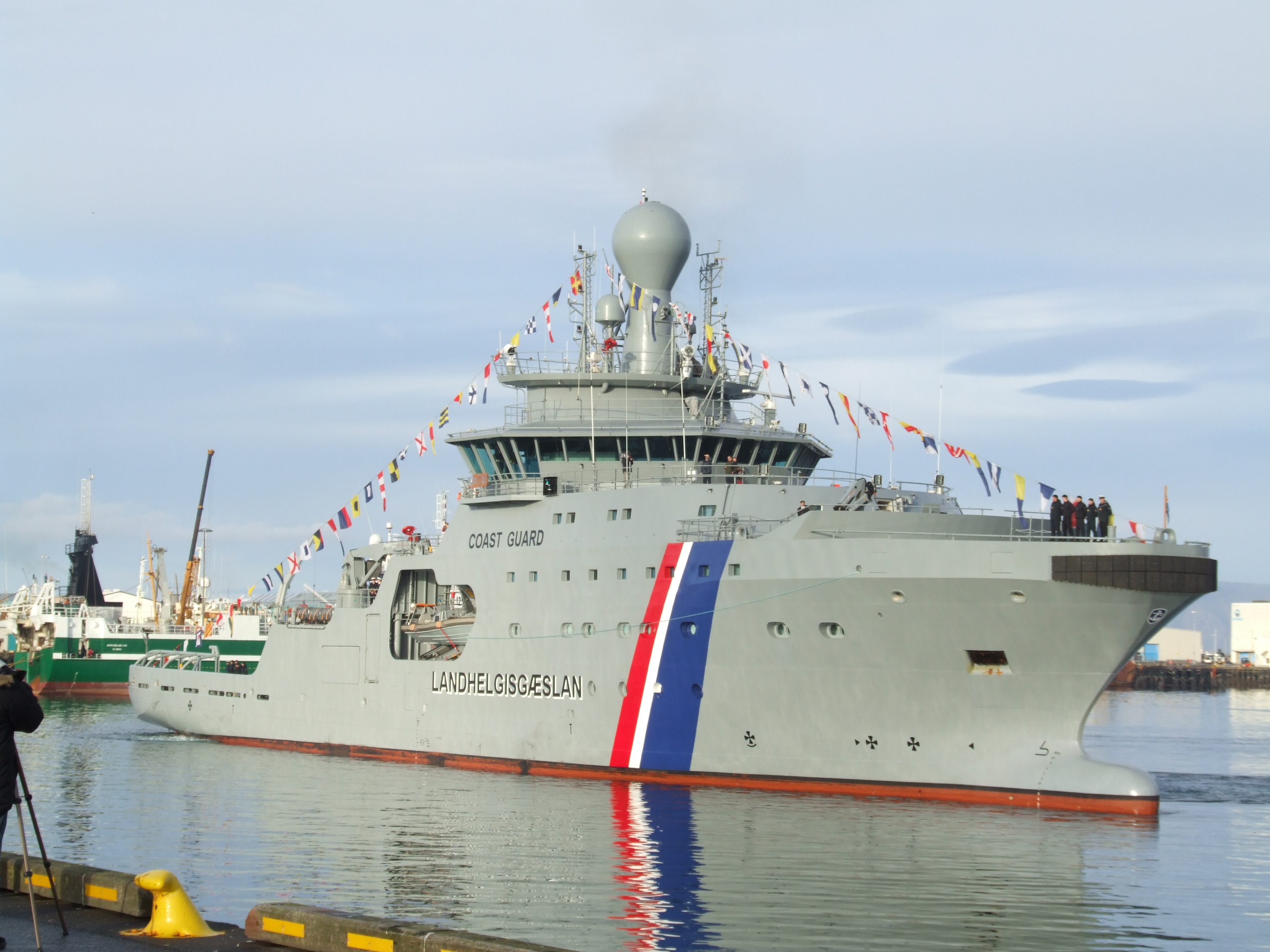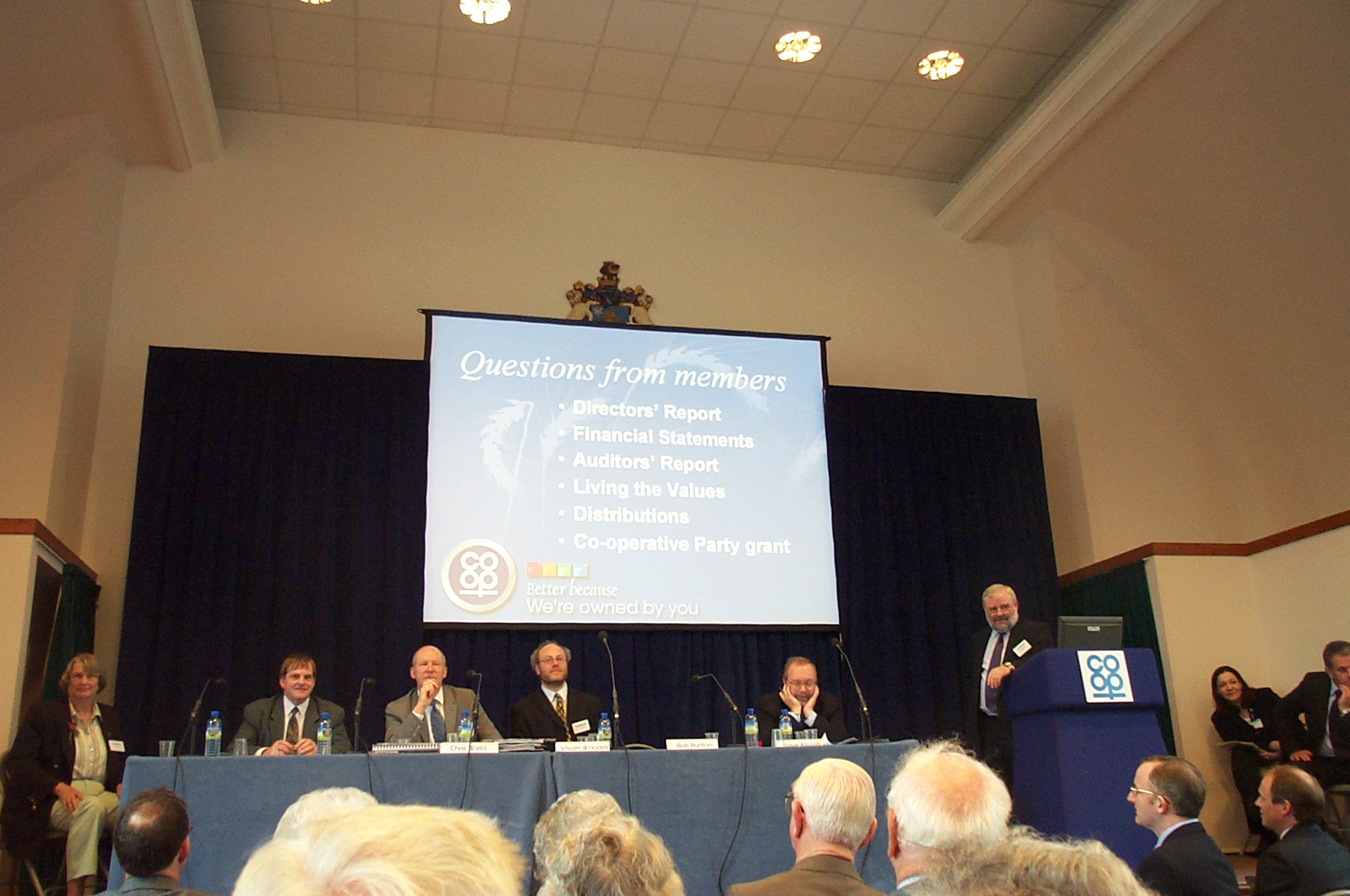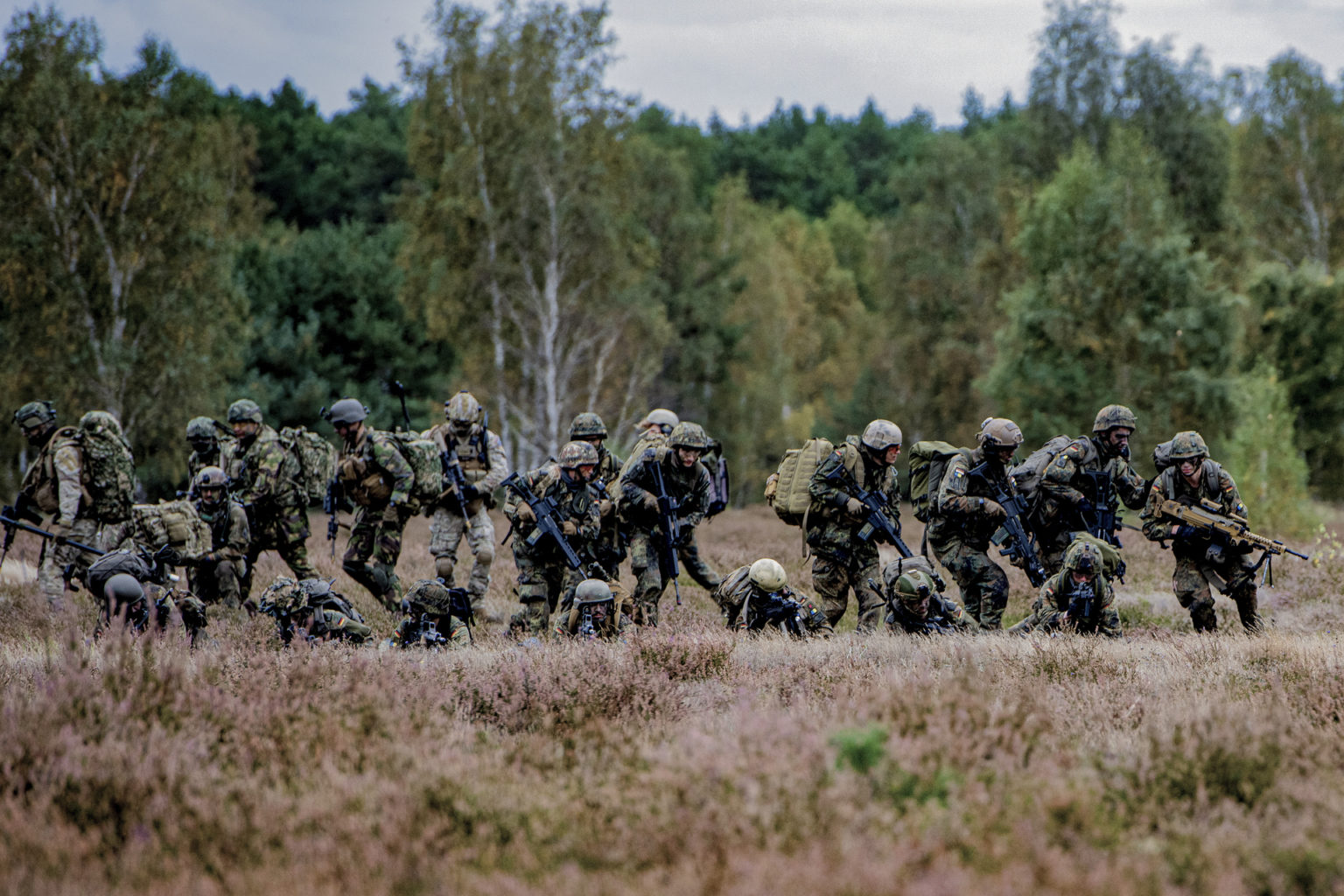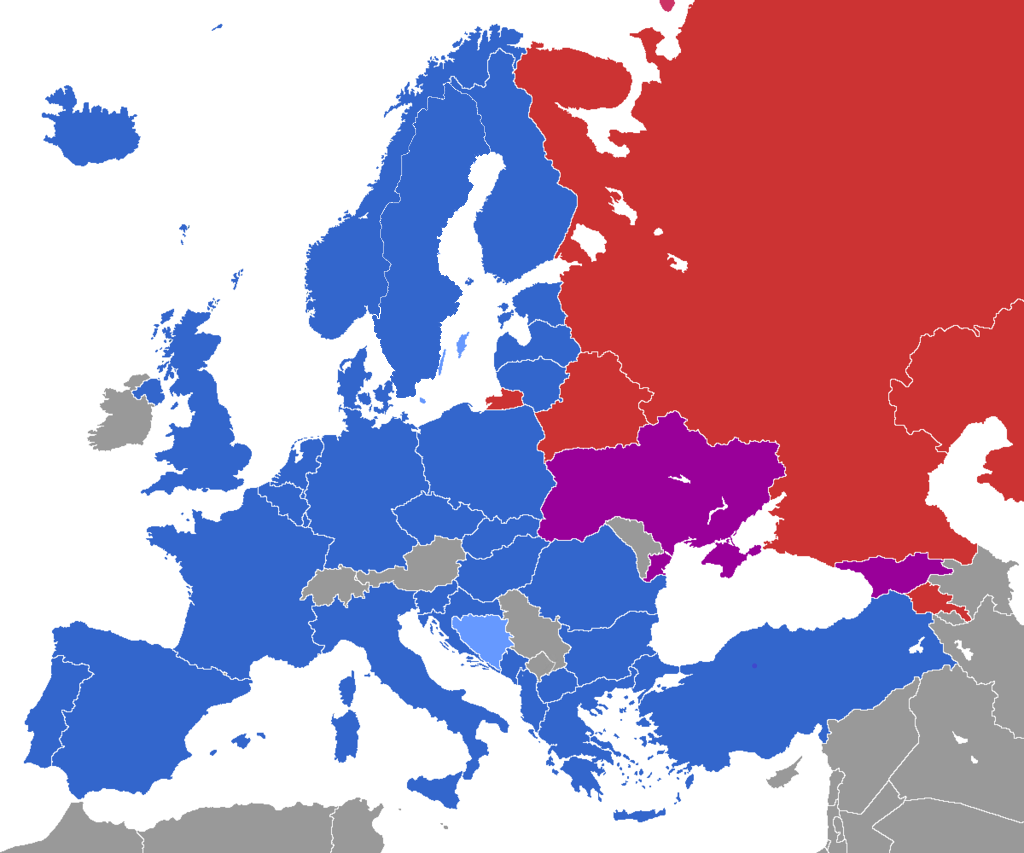|
Defence Of Iceland
Iceland's defence forces consist of the Icelandic Coast Guard, which patrols Icelandic waters and monitors its airspace, and other services such as the Police commissioner, National Commissioner's Icelandic Police, National Security and the Viking Squad, Special Unit of the National Police Commissioner. Iceland maintains no standing army, the only NATO member for which this is the case. The Coast Guard consists of three ships and four aircraft and armed with Firearm, small arms, naval artillery, and Iceland Air Defence System, air defence radar stations. The Coast Guard also maintains the Iceland Air Defence System, formerly part of the disestablished Iceland Defence Agency, Defence Agency, which conducts surveillance from the ground of Iceland's air space. Additionally, there is a Iceland Crisis Response Unit, Crisis Response Unit (ICRU), operated by the Ministry for Foreign Affairs (Iceland), Ministry for Foreign Affairs, which is a small peacekeeping force that has been deplo ... [...More Info...] [...Related Items...] OR: [Wikipedia] [Google] [Baidu] |
Boeing P-8 Poseidon
The Boeing P-8 Poseidon is an American maritime patrol and reconnaissance aircraft developed and produced by Boeing Defense, Space & Security. It was developed for the United States Navy as a derivative of the civilian Boeing 737 Next Generation airliner. The P-8 operates in anti-submarine warfare (ASW), anti-surface warfare (ASUW), and intelligence, surveillance and reconnaissance (ISR) roles. It is armed with torpedoes, Harpoon anti-ship missiles, and other weapons, can drop and monitor sonobuoys, and can operate in conjunction with other assets, including the Northrop Grumman MQ-4C Triton maritime surveillance unmanned aerial vehicle (UAV). In addition to the U.S. Navy, the P-8 is also operated by the Indian Navy, the Royal Australian Air Force, the United Kingdom's Royal Air Force, the Royal Norwegian Air Force and the Royal New Zealand Air Force. It also has been ordered by the Republic of Korea Navy, the German Navy and the Royal Canadian Air Force. Development Origi ... [...More Info...] [...Related Items...] OR: [Wikipedia] [Google] [Baidu] |
Kosovo Force
The Kosovo Force (KFOR) is a North Atlantic Treaty Organization, NATO-led international NATO peacekeeping, peacekeeping force and military of Kosovo. KFOR is the third security responder, after the Kosovo Police and the EU Rule of Law (European Union Rule of Law Mission in Kosovo, EULEX) mission, respectively, with whom NATO peacekeeping forces work in close coordination. Its operations are gradually reducing until the Kosovo Security Force, established in 2009, becomes self-sufficient. KFOR entered Kosovo on 12 June 1999, one day after the United Nations Security Council adopted the United Nations Security Council Resolution 1244, UNSC Resolution 1244. At the time, Kosovo was facing a grave humanitarian crisis, with Military of Serbia and Montenegro, military forces from Serbia and Montenegro, Yugoslavia in action against the Kosovo Liberation Army (KLA) in daily engagements. Nearly one million people had fled Kosovo as refugees by that time, many of whom left permanently. Curr ... [...More Info...] [...Related Items...] OR: [Wikipedia] [Google] [Baidu] |
Stabilisation Force In Bosnia And Herzegovina
The Stabilisation Force (SFOR) was a NATO-led multinational peacekeeping force deployed to Bosnia and Herzegovina after the Bosnian War. Although SFOR was led by NATO, several non-NATO countries contributed troops. It was replaced by EUFOR Althea in December 2004. Mission The stated mission of SFOR was to "deter hostilities and stabilise the peace, contribute to a secure environment by providing a continued military presence in the Area Of Responsibility (AOR), target and co-ordinate SFOR support to key areas including primary civil implementation organisations, and progress towards a lasting consolidation of peace, without further need for NATO-led forces in Bosnia and Herzegovina". Structure and history SFOR was established in Security Council Resolution 1088 on 12 December 1996. It succeeded the much larger Implementation Force IFOR which was deployed to Bosnia and Herzegovina on 20 December 1995 with a one-year mandate. The commanders of the SFOR, who each served one-year ... [...More Info...] [...Related Items...] OR: [Wikipedia] [Google] [Baidu] |
Cooperative Safeguard
A cooperative (also known as co-operative, coöperative, co-op, or coop) is "an autonomous association of persons united voluntarily to meet their common economic, social and cultural needs and aspirations through a jointly owned and democratically-controlled enterprise". Cooperatives are democratically controlled by their members, with each member having one vote in electing the board of directors. They differ from collectives in that they are generally built from the bottom-up, rather than the top-down. Cooperatives may include: * Worker cooperatives: businesses owned and managed by the people who work there * Consumer cooperatives: businesses owned and managed by the people who consume goods and/or services provided by the cooperative * Producer cooperatives: businesses where producers pool their output for their common benefit ** e.g. Agricultural cooperatives * Purchasing cooperatives where members pool their purchasing power * Multi-stakeholder or hybrid cooperatives tha ... [...More Info...] [...Related Items...] OR: [Wikipedia] [Google] [Baidu] |
Partnership For Peace
The Partnership for Peace (PfP; ) is a North Atlantic Treaty Organization (NATO) program aimed at creating trust and cooperation between the member states of NATO and other states mostly in Europe, including post-Soviet states; 18 states are members. The program contains 6 areas of cooperation, which aims to build relationships with partners through military-to-military cooperation on training, exercises, disaster planning and response, science and environmental issues, professionalization, policy planning, and relations with civilian government. During policy negotiations in the 1990s, a primary controversy regarding PfP was its ability to be interpreted as a program that is a stepping stone for joining NATO with full Article 5 guarantees. Amidst the security concerns in Eastern Europe after the Cold War and dissolution of the Soviet Union, and also due to the failure of the North Atlantic Cooperation Council (NACC), the program was launched during the summit in Brussels, Be ... [...More Info...] [...Related Items...] OR: [Wikipedia] [Google] [Baidu] |
Northern Challenge Exercise
Northern may refer to the following: Geography * North, a point in direction * Northern Europe, the northern part or region of Europe * Northern Highland, a region of Wisconsin, United States * Northern Province, Sri Lanka * Northern Range, a range of hills in Trinidad * Northern State (Sudan), one of the 18 wilayat (states) of Sudan Schools * Northern Collegiate Institute and Vocational School (NCIVS), a school in Sarnia, Canada * Northern Secondary School, Toronto, Canada * Northern Secondary School (Sturgeon Falls), Ontario, Canada * Northern University (other), various institutions * Northern Guilford High School, a public high school in Greensboro, North Carolina Companies * Arriva Rail North, a former train operating company in northern England * Chemins de fer du Nord (Northern Railway Company), a former rail transport company in northern France * Nord-Aviation (Northern Aviation), a former state-owned French aircraft manufacturer. * Compañía de los Caminos ... [...More Info...] [...Related Items...] OR: [Wikipedia] [Google] [Baidu] |
Explosive Ordnance Disposal
Bomb disposal is an explosives engineering profession using the process by which hazardous explosive devices are disabled or otherwise rendered safe. ''Bomb disposal'' is an all-encompassing term to describe the separate, but interrelated functions in the military fields of explosive ordnance disposal (EOD) and improvised explosive device disposal (IEDD), and the public safety roles of public safety bomb disposal (PSBD) and the bomb squad. History The first professional civilian bomb squad was established by Colonel Sir Vivian Dering Majendie a Major at the time in the Royal Artillery, Majendie investigated an explosion on 2 October 1874 in the Regent's Canal, when the barge 'Tilbury', carrying six barrels of petroleum and five tons of gunpowder, blew up, killing the crew and destroying Macclesfield Bridge and cages at nearby London Zoo. In 1875, he framed the Explosives Act, the first modern legislation for explosives control. He also pioneered many bomb disposal techni ... [...More Info...] [...Related Items...] OR: [Wikipedia] [Google] [Baidu] |
Northern Viking
Northern Viking is an annual NATO exercise held in Iceland. The exercises were held biennially until 2006 when the frequency was increased. The purpose of the exercise is to test the capabilities of Iceland and its NATO allies, as well as increase the readiness of the forces involved and their inter-operability. Northern Viking 2022 Several NATO member states participated in the exercises in 2022. The United States Navy, in a press release, described 2022's exercise as "a hunt for adversary submarines" and "visit, board, search and seizure missions on suspect vessels." Participants * ** ICGV ''Þór'' * ** USS ''Arlington'' ** CH-53E Sea Stallions ** 22nd Marine Expeditionary Unit ** USS ''Kearsarge'' * ** FS ''Latouche-Tréville'' * ** HNoMS ''Thor Heyerdahl'' * ** FGS ''Sachsen'' * ** Royal Marine Commandos Northern Viking 2011 Northern Viking 2011 was held by the Icelandic Coast Guard and the United States Air Forces in Europe (USAFE). Among the training exerc ... [...More Info...] [...Related Items...] OR: [Wikipedia] [Google] [Baidu] |
List Of NATO Exercises
This is a list of North Atlantic Treaty Organization (NATO) exercises. A substantial list of additional exercises (1949-1985) may be found her Cold War (1950–1990) Annual exercises *Exercise Able Archer was an annual exercise by NATO military forces in Europe. *Northern Wedding was a naval exercise held 1970–1986, designed to test NATO's ability to rearm and resupply Europe. *Exercise Reforger (Certain Strike) was a major annual exercise and campaign conducted from 1969 to 1993, mainly on German territory. 1950s * Exercise Mainbrace - Defence of Denmark and Norway during September 1952. ** 200 ships ** over 50,000 personnel * Exercise Grand Slam. Naval exercise in the Mediterranean Sea in 1952. * Exercise Longstep. Large naval exercise in the Mediterranean Sea in 1952. * Exercise Italic Weld, a combined air-naval-ground exercise in northern Italy during August 1953 * Exercise Grand Repulse during September 1953 ** British Army on the Rhine (BAOR) ** Netherlands Corps ** Alli ... [...More Info...] [...Related Items...] OR: [Wikipedia] [Google] [Baidu] |
Member States Of NATO
The North Atlantic Treaty Organization (NATO) is an international military alliance consisting of 32 member states from Europe and North America. It was established at the signing of the North Atlantic Treaty on 4 April 1949. Of the 32 member countries, 30 are in Europe and two are in North America. Between 1994 and 1997, wider forums for regional cooperation between NATO and its neighbours were set up, including the Partnership for Peace, the Mediterranean Dialogue initiative, and the Euro-Atlantic Partnership Council. All members have militaries, except for Iceland, which does not have a Military of Iceland, typical army (but it does have a Icelandic Coast Guard, coast guard and a small unit of civilian specialists for NATO operations). Three of NATO's members are List of states with nuclear weapons, nuclear weapons states: France, the United Kingdom, and the United States. NATO has 12 original founding member states. Three more members joined between 1952 and 1955, and a ... [...More Info...] [...Related Items...] OR: [Wikipedia] [Google] [Baidu] |
Norway Post
Posten Bring, formerly Posten Norge (), is the name of the Norwegian postal service. The company, owned by the Norwegian Ministry of Transport and Communications, had a monopoly until 2016 on the distribution of letters weighing less than throughout the country. There are 6 post offices in Norway, in addition to approximately 1400 sales outlets. History Posten was founded in January 1647 as Postvesenet () by general postmaster Henrik Morian. It was established as a private company, and King Christian IV gave his blessing to its founding. Postvesenet was privately run until 1719 when the state took over. From that point on, the national postal service was a state monopoly. Local city postal services remained private, but in 1888, a new postal law was introduced that expanded the monopoly to the entire country. In 1933, Postvesenet was renamed Postverket. In 1996, Posten Norge BA was established as a state-owned company where the Norwegian state had limited liability. In 2002, ... [...More Info...] [...Related Items...] OR: [Wikipedia] [Google] [Baidu] |







